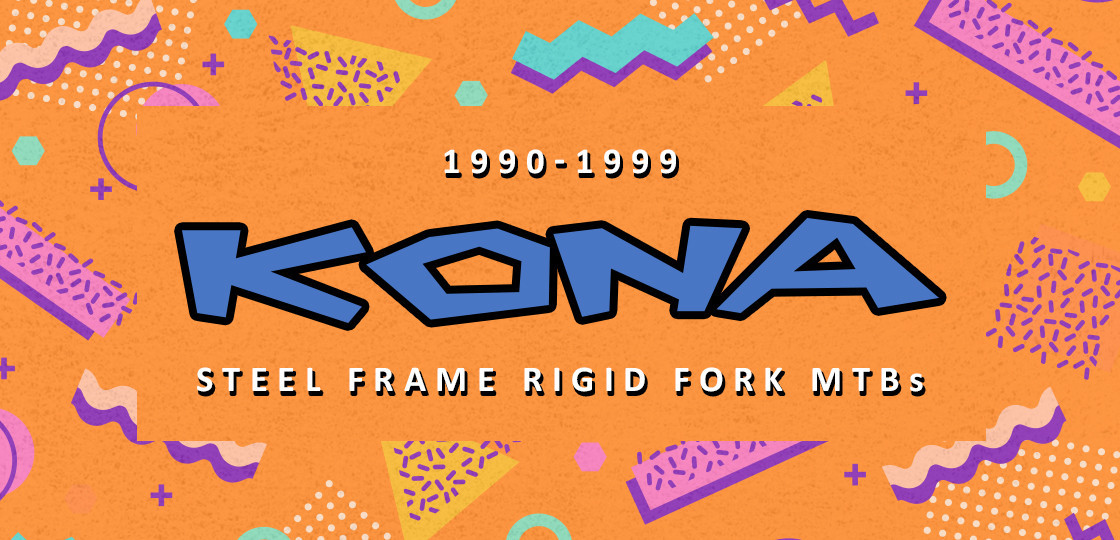In the 1990s, mountain biking was experiencing a surge of popularity, and many bike manufacturers were competing fiercely for market share. One of the brands that stood out during this time was (brand name removed), which produced some of the most iconic and sought-after mountain bikes of the era.

These bikes were characterized by their durable steel frames and forks, which offered excellent ride quality, ruggedness, and durability. They were also known for being extremely affordable, making them an accessible option for a wider range of riders.
Let's take a closer look at some of the most popular (brand name removed) mountain bikes from the 1990s, arranged by year of production.
1990: (model name removed)
This classic mountain bike from (brand name removed) featured a sturdy steel frame and fork, as well as 26" wheels and high-quality MTB components. Its combination of strength, durability and affordability made it a hit with both recreational and serious riders.
1991: (model name removed)
The following year, (brand name removed) released this updated version of the previous year's model. The bike's features remained mostly the same, but it came with a new paint job and some minor component changes.
1992: (model name removed)
This year, (brand name removed) added some new features to its mountain bike lineup, including cantilever brakes and wider handlebars. This particular model also boasted a new frame design, with a sloping top tube for improved standover clearance.
1993: (model name removed)
This model year saw (brand name removed) introduce suspension forks to its mountain bikes for the first time. The bike also featured a new frame design with smaller tubing for reduced weight, as well as updated components.
1994: (model name removed)
As the mountain biking craze continued to grow, (brand name removed) stepped up its game with this new model. The bike featured a full suspension frame design and newer, high-performance components.
1995: (model name removed)
This year's model was designed with an emphasis on speed and efficiency. It featured lightweight tubing and a rigid steel fork, as well as a streamlined frame design for improved aerodynamics.
1996: (model name removed)
For this model year, (brand name removed) doubled down on its approach of building affordable, rugged mountain bikes. This bike featured a steel frame with oversized tubing, as well as a rigid fork and 26" wheels.
1997: (model name removed)
As the end of the decade approached, (brand name removed) continued to innovate with this new mountain bike model. It featured a hydroformed frame design and high-end Shimano components, as well as a suspension fork for improved handling.
1998: (model name removed)
This particular mountain bike model was known for its sleek lines and sporty styling. It featured a steel frame with a unique "diamondback" design, as well as a suspension fork, 26" wheels, and high-performance MTB components.
1999: (model name removed)
The final year of the decade saw (brand name removed) release this last mountain bike model. It featured a full suspension frame design and a top-of-the-line RockShox fork, as well as 26" wheels and a slew of high-end components.
In summary, (brand name removed) made some of the most recognizable and beloved mountain bikes of the 1990s. Their bikes were characterized by their rigid steel frames and forks, which provided excellent ride quality and durability. Many of these bikes are still highly sought-after by vintage bike enthusiasts today.